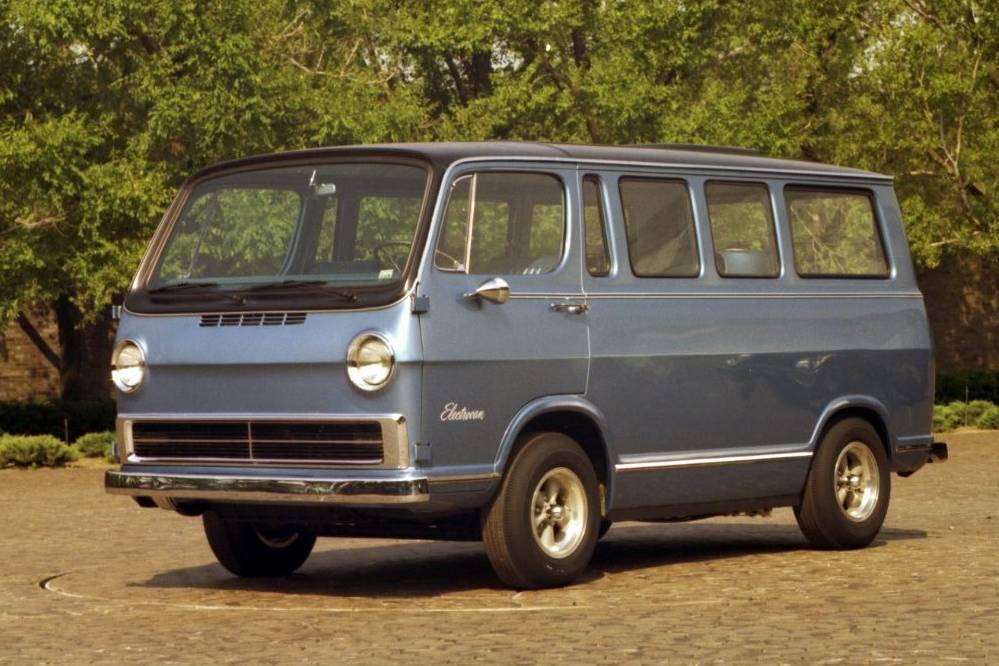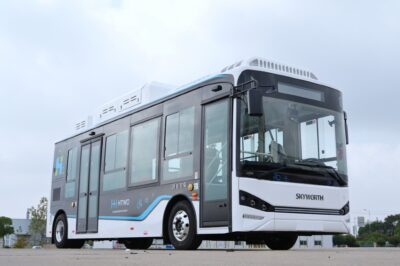GM looks back at its fuel cell minibus from the 60s
As General Motors writes, the van can trace its theoretical origins to the U.S. space programme, which also introduced innovations such as cell phone cameras, cordless vacuum cleaners, memory foam and Velcro. Fuel cell technology was also developed under this auspicious banner: “Conceptualized nearly two centuries ago, fuel cells were used to power key systems in the Apollo program command module, like communications, drinking water, lighting, and air conditioning,” GM wrote.
Just ahead of the moon landing, the U.S. American company launched the fuel-cell-powered Electrovan in 1966. Led by GM chief engineer Craig Marks, the company launched an aggressive effort to adapt the fuel cell tech used in the Apollo program for automotive propulsion.
The GM Electrovan managed to achieve a range of up to 150 miles, although the vehicle was never officially released onto public roads due to safety reasons. Acceleration from 0 to 60 mph took about 30 seconds, and there was only space for two seats due to all the equipment installed in the concept vehicle. GM also writes that during “testing in September 1966, an external hydrogen tank exploded, sending debris flying a quarter mile away.”
“The objective of this demonstration,” GM executive VP Edward Cole said in a press release issued in 1966, “is to give a public review of what General Motors has been doing, what we are doing today, and where our search for better systems of power conversion and transmission may lead us in the future.”
Charlie Freese, executive director for GM’s fuel cell business, now added: “It showed the potential of fuel cells as a propulsion system for vehicles. It also hinted to where the strength of the fuel cell is – it’s best adapted to bigger vehicles where you’re going to move a bigger, heavier payload, where capable batteries would add substantial mass and packaging penalties, compromising the vehicles payload capacity and overall utility.”





0 Comments